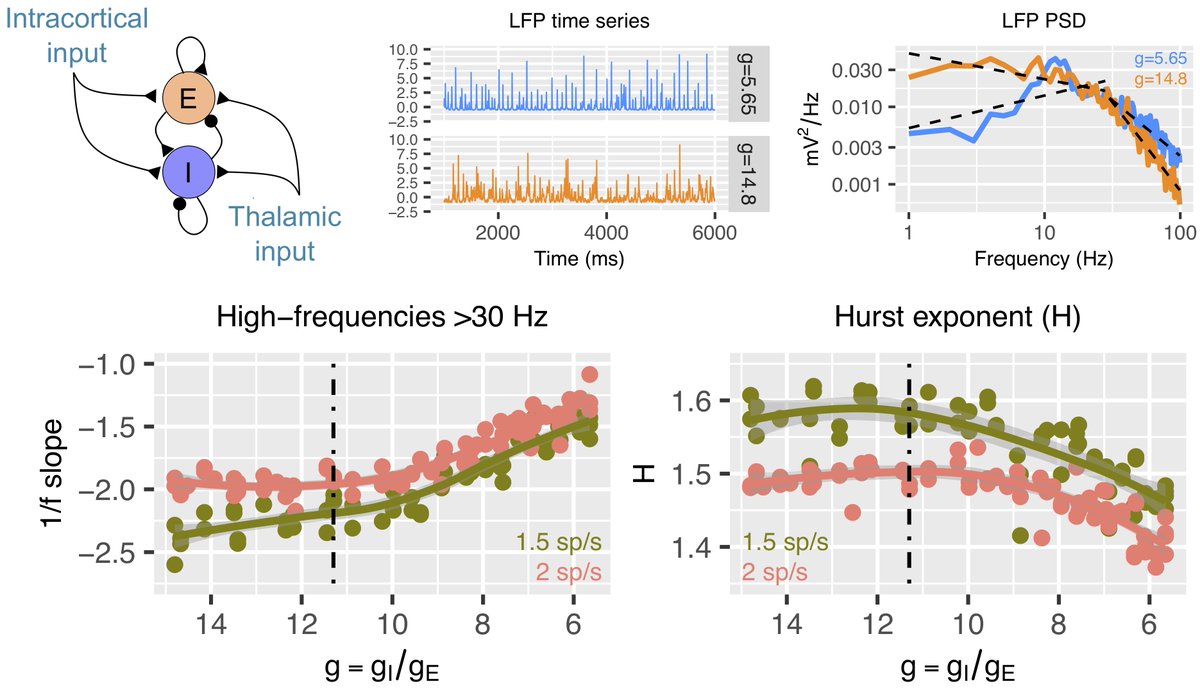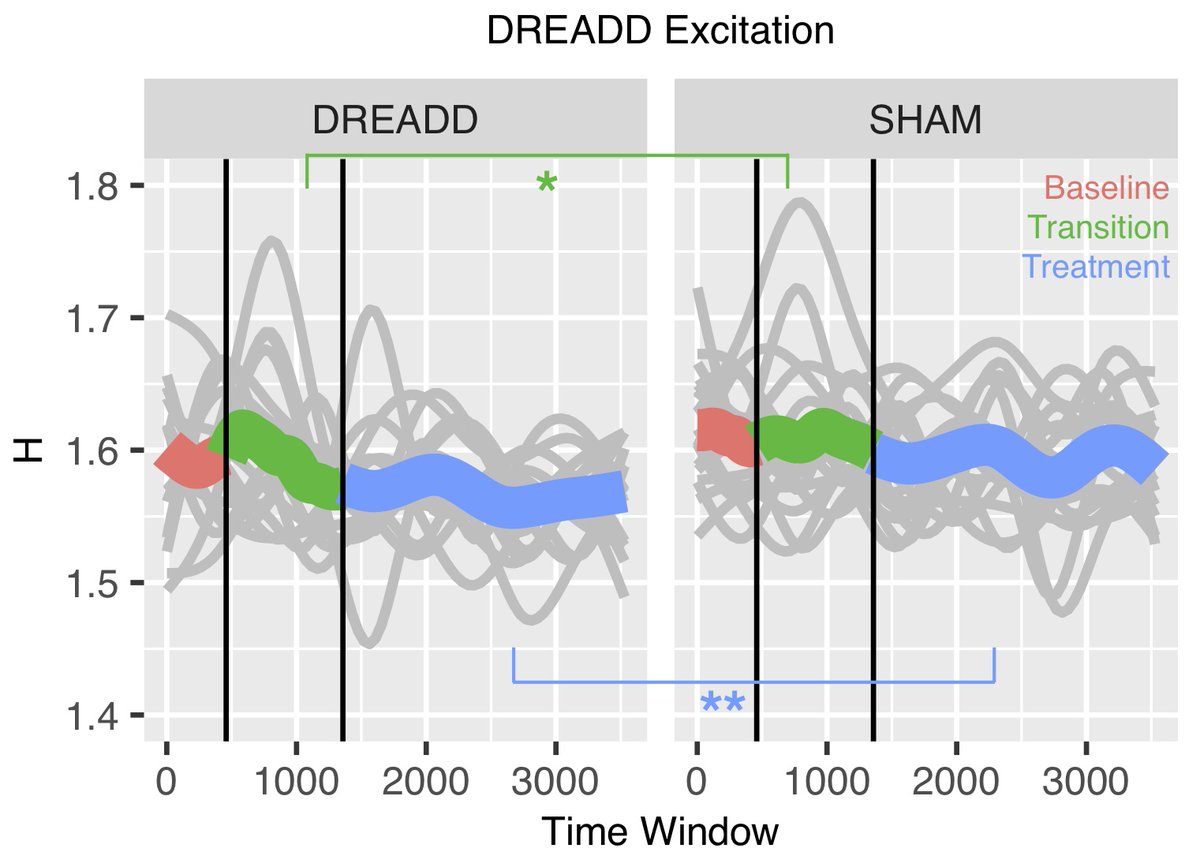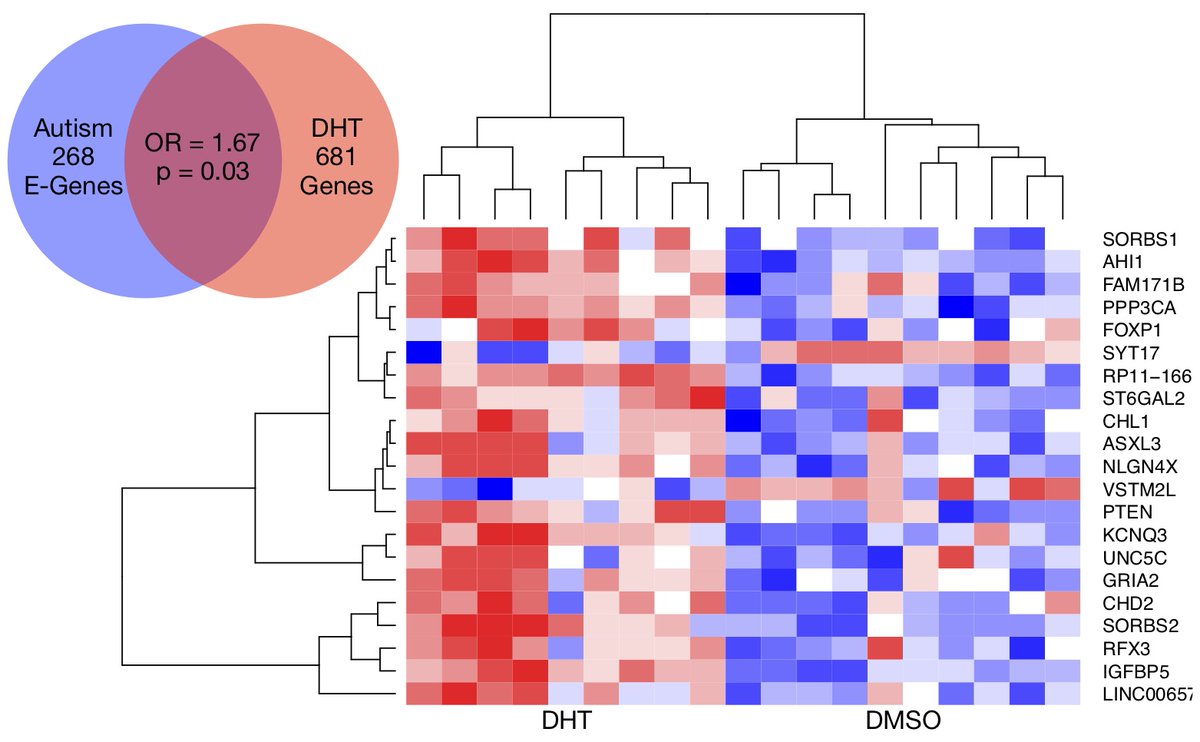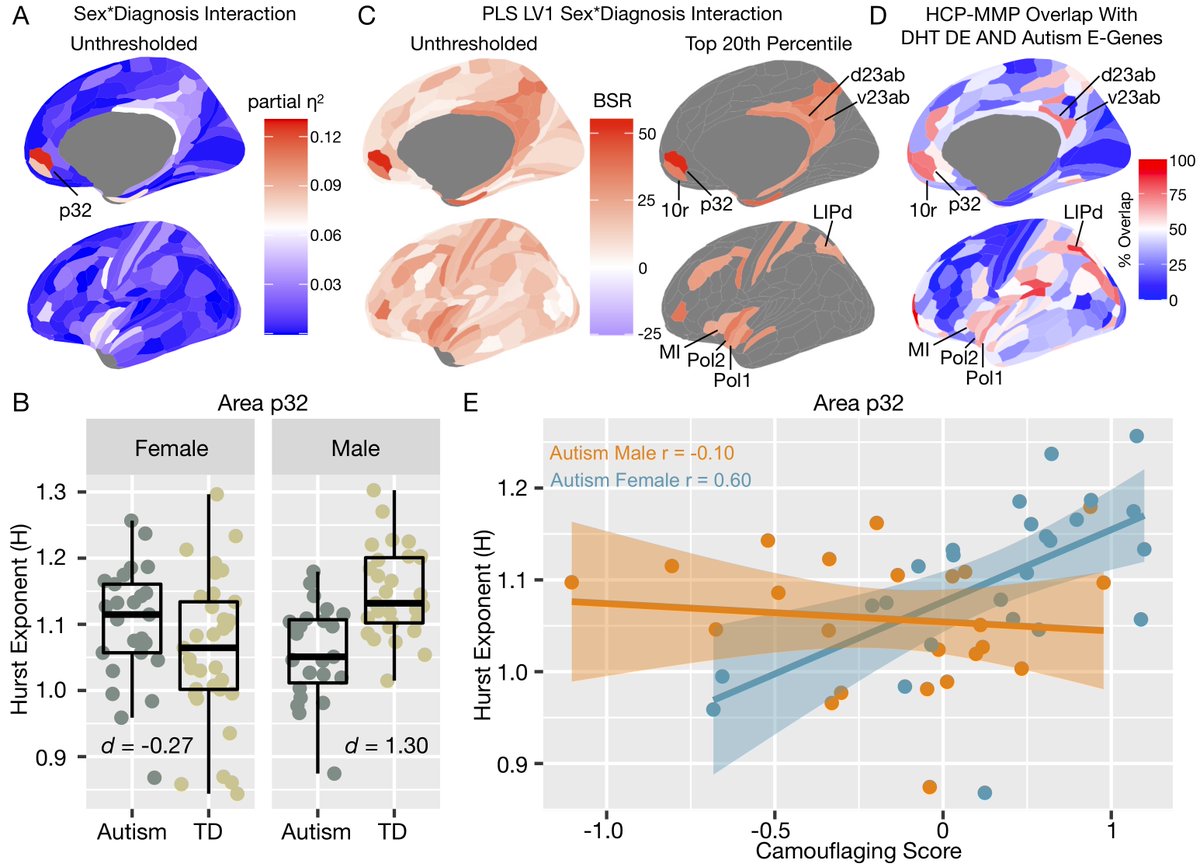Pleased to share our latest work showing how autistic men versus women may be differentially affected by the intrinsic balance between excitation and inhibition in social brain circuitry. https://elifesciences.org/articles/55684 ">https://elifesciences.org/articles/...
Excitation-inhibition (E:I) imbalance is a long-standing idea in autism research and suggests that E:I is altered in autism, primarily due to enhanced E. See the original paper on E:I imbalance by Rubenstein & Merzenich here: https://onlinelibrary.wiley.com/doi/full/10.1034/j.1601-183X.2003.00037.x">https://onlinelibrary.wiley.com/doi/full/...
Many gene mutations with high penetrance for autism show evidence of E:I dysregulation and are located on the sex chromosomes. Other E:I-relevant genes are affected by androgen hormones and affect areas like medial prefrontal cortex. https://www.nature.com/articles/s41380-018-0198-y">https://www.nature.com/articles/...
Given that autism affects more males than females and that E:I balance might be affected by sex-relevant mechanisms, we thought it was important to ask if intrinsic E:I balance differentially affects autistic men versus women.
Studying this in-vivo in autistic individuals is quite difficult, so we had to work out how neuroimaging data could be utilized as a marker indexing E:I mechanisms.
Inspired by the work of @_rdgao, @parenthetical_e, & @bradleyvoytek, we looked at whether aperiodic signal in neural time-series data could be an indicator of synaptic E:I mechanisms. https://www.sciencedirect.com/science/article/pii/S1053811917305621">https://www.sciencedirect.com/science/a...
Using a recurrent network model of interacting E and I populations, we simulated LFP and BOLD data and examined if 1/f slope and the Hurst exponent (H) change with synaptic E:I ratio in the model. They do. 1/f slope flattens and H gets smaller with increased E relative to I.
To validate these computational predictions in real live brains with fMRI, @Gozzi_Ale scanned the brains of mice with rsfMRI during a DREADD manipulation to systematically enhance excitation. This manipulation reduced H in the same manner as the computational model predicted.
To get a better sense of how enhanced excitation might affect the autistic brain in a sex-specific manner, we found that autism-relevant genes that affect excitatory neurons are enriched for genes that are differentially expressed after treatment with a potent androgen, DHT.
Medial prefrontal cortex and several other brain regions highly express these autism-relevant excitatory genes that are also affected by DHT.
In rsfMRI data from adult autistic men and women, we found that H in rsfMRI is heavily reduced in ventral MPFC in autistic males but not females. PLS analysis revealed many other regions similar to those that highly express DHT-sensitive and autism-relevant excitatory genes.
We also found that higher vMPFC H (less excitation) is related to better camouflaging ability in autistic women, but not men.
Many thanks: @StavrosTrak, Pablo Martínez-Cañada @Gozzi_Ale, @mengchuanlai, Stefano Panzeri, @sbaroncohen, @edbullmore, John Suckling, @Valerio_Zerbi, @m_markicevic, @youwonsang, @bhismadev, @AmberRuigrok, @IITalk, @LAND_IIT and generous funding from @ERC_Research
Also, thanks for the really nice commentary ( https://elifesciences.org/articles/60584 )">https://elifesciences.org/articles/... from @cmpretzsch and @DoriFloris. https://twitter.com/cmpretzsch/status/1290565442264858624?s=20.">https://twitter.com/cmpretzsc...
And a press release written up by the journal too @eLife. https://elifesciences.org/for-the-press/d1f93ac3/study-reveals-greater-excitability-in-social-brain-regions-of-autistic-men-compared-to-women">https://elifesciences.org/for-the-p...

 Read on Twitter
Read on Twitter






